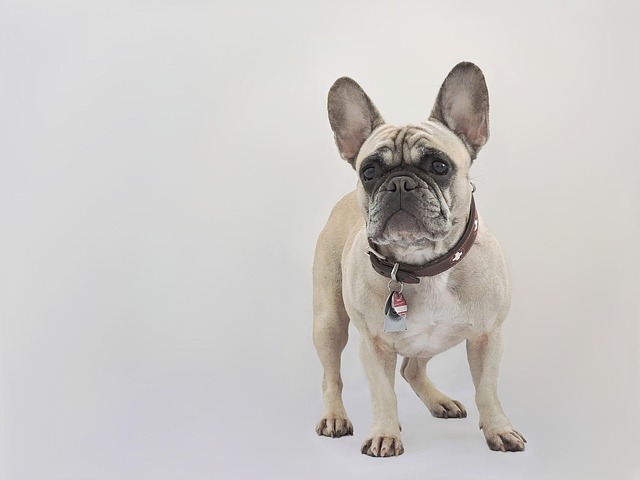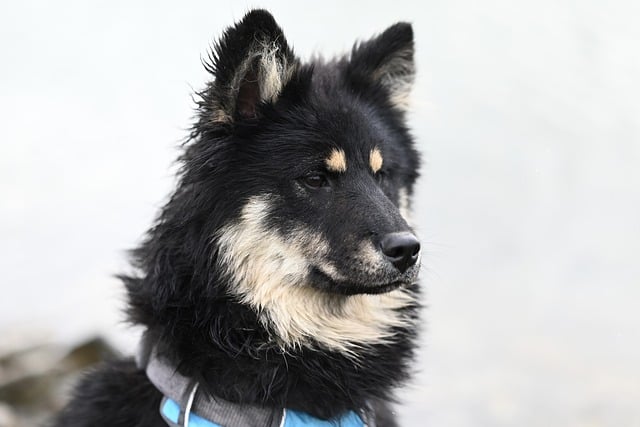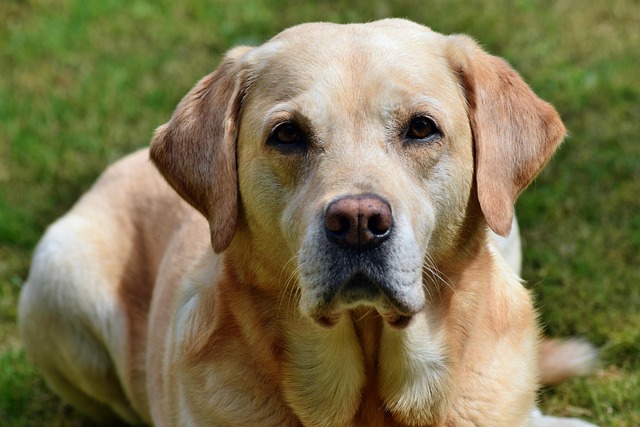
How to treat canine influenza?
Canine influenza can creep up fast—one day your pup is playful at the dog park, the next they’re coughing, sneezing, and lethargic.
When your golden retriever, Bailey, starts pawing at his swollen eyes after playing in the spring pollen-filled park, you might wonder if that Benadryl in your medicine cabinet could bring relief. The answer is nuanced: while diphenhydramine (Benadryl's active ingredient) can help with mild allergic reactions, eye allergies require particular caution because they often involve complex underlying causes. Benadryl works by blocking histamine receptors that cause itching and swelling, but its effectiveness varies significantly between dogs—some experience dramatic relief while others show minimal response due to differences in histamine pathway dominance. More importantly, what appears as eye allergies could actually be corneal ulcers, dry eye, or even glaucoma requiring completely different treatments. This is why veterinary consultation is mandatory before administration; states like California consider unauthorized medication administration potential neglect under animal welfare statutes, especially since dosage miscalculations can cause serious sedation or paradoxical hyperactivity.

If your veterinarian approves Benadryl for mild cases, precise dosing becomes critical—typically 1mg per pound of body weight every 8-12 hours, but never using combination products containing decongestants or alcohol which are toxic to dogs. Administration should pair with positive reinforcement techniques; hide the pill in a small cheese cube rather than forcing it down, aligning with American training ethics that reject stressful handling. For eye-specific relief, veterinarians often recommend combining oral antihistamines with saline eye rinses to flush allergens, followed by prescribed steroid drops for severe inflammation. Culturally, U.S. pet care emphasizes integrated approaches—using medications alongside environmental modifications like HEPA air filters in apartments and wiping your dog's face with hypoallergenic wipes after walks to remove pollen particles.
Practical management integrates with broader responsibilities. Maintain current rabies vaccinations—required nationwide—as eye issues could complicate health assessments during routine checks. During allergy season walks, always carry waste bags; cities like Seattle enforce cleanup ordinances with $250 fines, and responsible ownership demonstrates community respect during health challenges. For apartment dwellers, secure medication storage is crucial—childproof containers prevent accidental ingestion by pets or children, addressing safety concerns in shared living spaces. Monitor your dog closely after administration; excessive drowsiness or agitation requires immediate veterinary attention, reflecting the American cultural expectation that pet owners balance home care with professional oversight.

Canine influenza can creep up fast—one day your pup is playful at the dog park, the next they’re coughing, sneezing, and lethargic.

I spent a frantic afternoon last July with my friend Maya, whose 3-year-old Golden Retriever, Cooper, had collapsed during a walk in 95°F heat—his gums were bright red

Diabetic dog’s lifespan depends a lot on how quickly you catch the signs and stick to a care routine—things like increased thirst, frequent accidents, or sudden weight loss often tip owners off first.

I was at the park last July when I saw my friend Jake panicking—his 2-year-old Border Collie, Ruby, was lying in the shade, panting so hard her tongue was bright purple

I met my neighbor Tom last week outside the pet store, clutching a handful of food labels while his 9-week-old German Shepherd puppy, Loki, tugged at his leash.

You’re in the middle of cuddling your pup on the couch when you notice they won’t stop scratching a red, flaky spot on their belly.